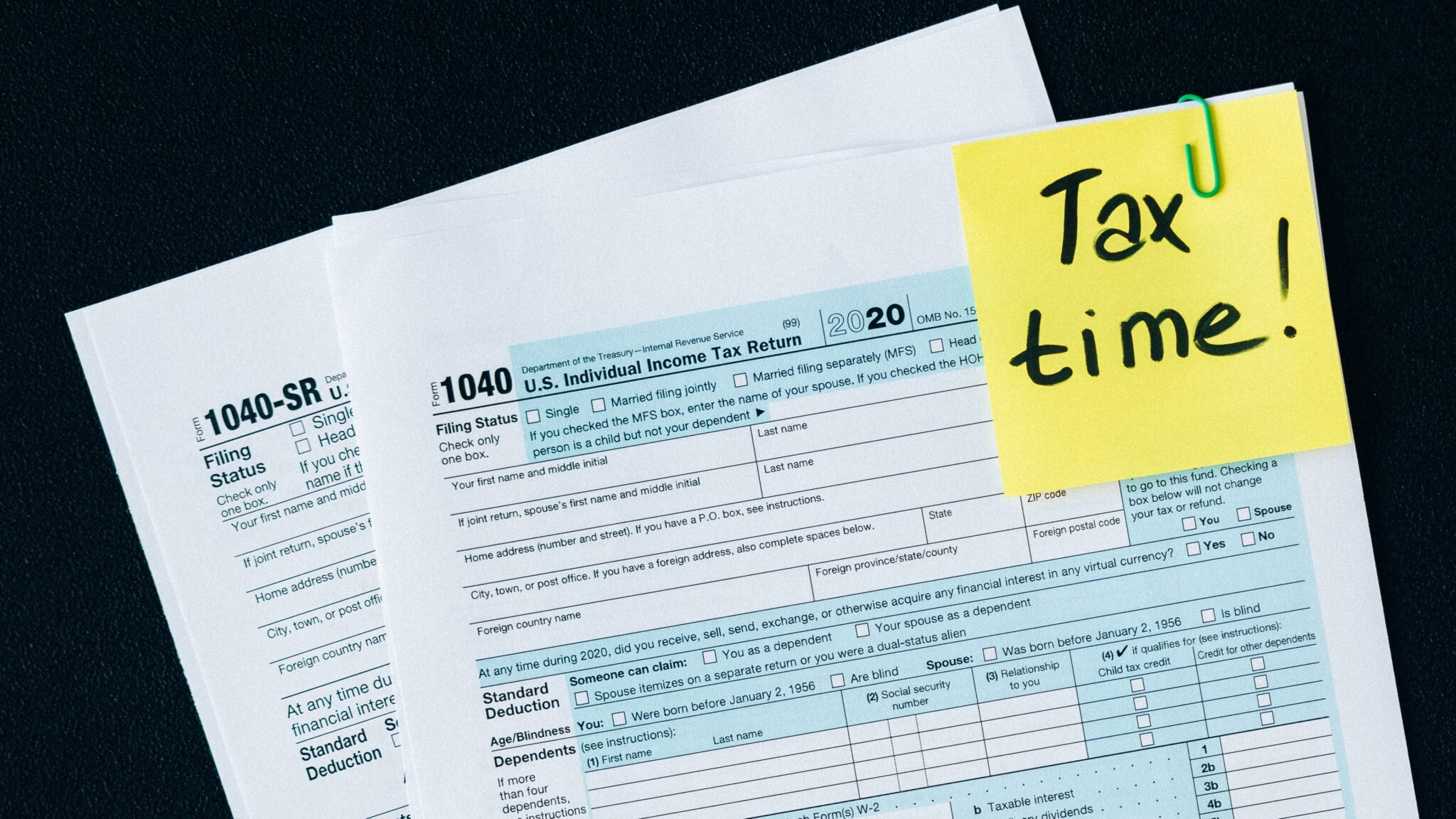
2022 Quick Tax Reference Guide
2022 Quick Tax Reference Guide
At first glance, the 2022 federal income tax rates may look really high, but did you know that we are actually in a historically low tax environment? It’s true; the average top tax bracket in this country since the tax code started in 1913 is actually 57.31%.
Currently, the top federal income tax rate is only 37%. Do you think tax rates are going up or down in the future? Virtually everyone I talk to is convinced that tax rates are going up. The Government Accountability Office (GAO) recently issued a report that states by 2026, Social Security, Medicare, Medicaid, and the net interest on U.S. Debt will consume all government revenue (1). This doesn’t even take into account the added costs due to the COVID pandemic.
So what’s going to happen? Congress will either increase taxes, reduce benefits, or do both. How much money do you have in a tax-free environment? There are only three products in this country you can enjoy completely tax-free:
- Municipal Bonds – might be able to get a 2% yield
- Roth IRA – max contribution of only $6,000, unless you make over 129k you can’t contribute
- Cash Value Life Insurance – no limits on contributions
That’s it. Everything else you can invest money in, you will pay income taxes and or capital gains taxes at some point in time. Capital gains tax rates will likely be increased. Currently, the top federal capital gains tax rate is 20%, but when you add in the surtax for high-income earners and state taxes, it can exceed 37%. Odds are it’s going up in the future.
One great idea is to pay your taxes now while we are in a low tax environment, put it into cash value life insurance, and you will never pay taxes on that money again.
There are only two ways to properly design a cash value life insurance policy. You either design it for accumulation purposes or you design it for low-cost death benefit protection. If you try to do both with one policy, you will overpay or underperform.
People will often buy two cash value life insurance policies. One designed for accumulation purposes using the minimum death benefit based on a planned premium and one policy designed for low-cost death benefit protection (maximum death benefit based on a planned premium).
Index Universal Life (IUL) is one of the most popular cash value life insurance products used for tax-free retirement income. You get the upside of an index (like the S&P 500), but you are contractually guaranteed to never have a negative rate of return. If it is designed correctly, the money grows tax-free, you can pull it out tax-free at any time, and it’s liquid.
You can also reduce your tax burden in the future by adding a long-term care rider to a cash value life insurance policy. Today, a typical long-term care event will cost you $107,000 to $225,000. In 20 years, that same long-term care event could easily cost $400,000 to $600,000. Depending on which survey you check, the odds of having a long-term care event are 60% to 70%. That’s quite high.
So how will you pay for all that? Most people will pull money out of their IRA, 401(k), or brokerage account, pay taxes on that money, and then use what’s left to pay for their long-term care needs. This can decimate an estate very quickly. A better route is to buy a cash value life insurance policy with a long-term care rider. Long-term care benefits from a life insurance policy are totally tax-free. For pennies on the dollar, you can protect yourself and your family, instead of depleting your estate to pay for long-term care expenses.